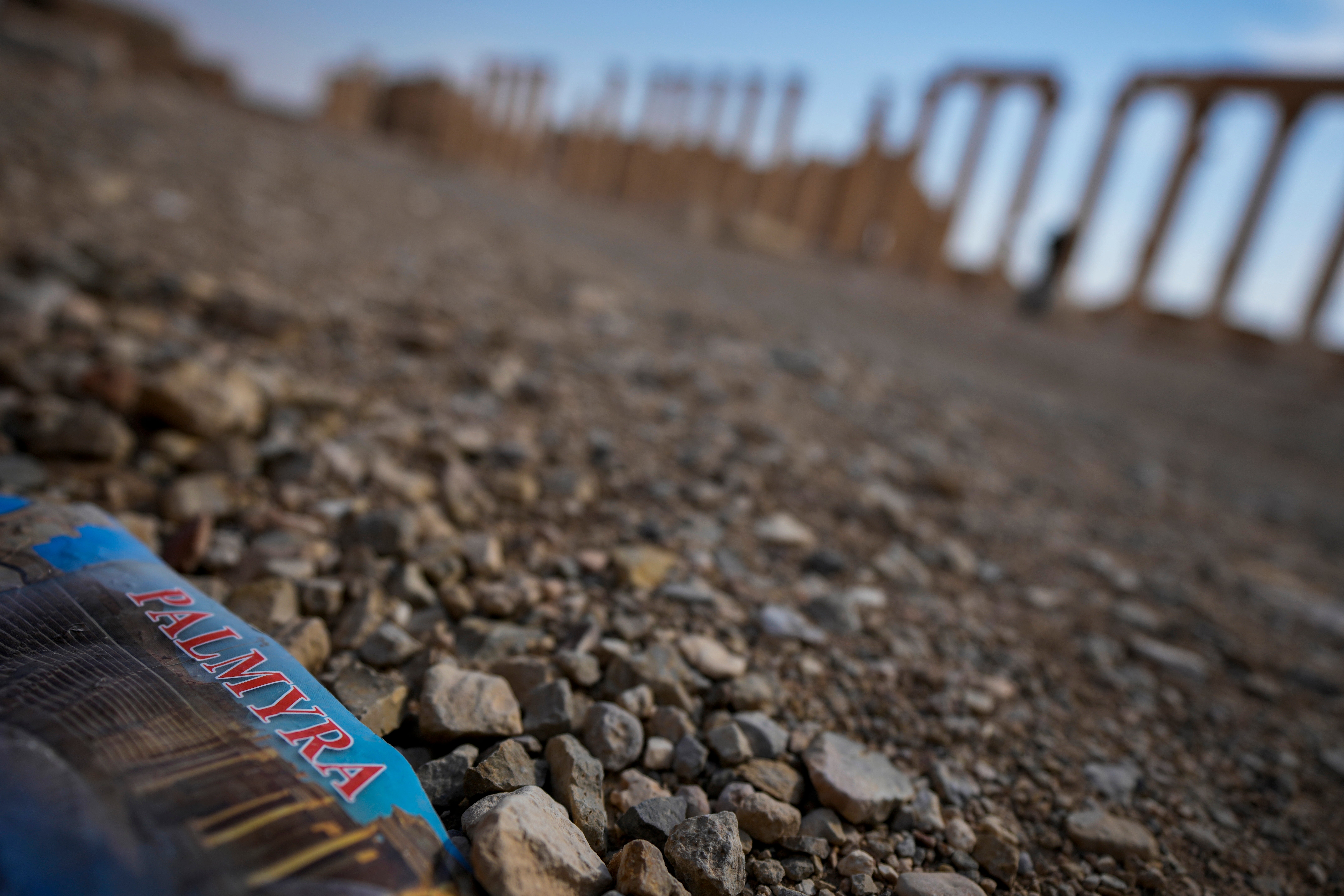Syria’s battered heritage sites are seeing the return of experts, kindling hopes of restoration and a revival of the tourism sector.
The initiative aims to inject life into the nation’s devastated economy after nearly 14 years of brutal conflict.
Landmarks like the ancient city of Palmyra and the medieval Crac des Chevaliers castle, though bearing the scars of war, are already attracting local tourists.
Conservationists are optimistic that the historical and cultural significance of these sites will eventually draw international visitors back to Syria.
Palmyra
One of Syria’s six UNESCO World Heritage sites, Palmyra was once a key hub to the ancient Silk Road network linking the Roman and Parthian empires to Asia. Located in the Syrian desert, it is renowned for its 2,000-year-old Roman-era ruins. It is now marked by shattered columns and damaged temples.
Before the Syrian uprising that began in 2011 and soon escalated into a brutal civil war, Palmyra was Syria’s main tourist destination, attracting around 150,000 visitors monthly, Ayman Nabu, a researcher and expert in ruins told The Associated Press. Dubbed the “Bride of the Desert,” he said “Palmyra revitalized the steppe and used to be a global tourist magnet.”
The ancient city was the capital of an Arab client state of the Roman Empire that briefly rebelled and carved out its own kingdom in the third century, led by Queen Zenobia.

In more recent times, the area had darker associations. It was home to Tadmur prison, where thousands of opponents of the Assad family’s rule in Syria were reportedly tortured. The Islamic State group demolished the prison after capturing the town.
IS militants later destroyed Palmyra’s historic temples of Bel and Baalshamin and the Arch of Triumph, viewing them as monuments to idolatry, and beheaded an elderly antiquities scholar who had dedicated his life to overseeing the ruins.
Between 2015 and 2017, control of Palmyra shifted between IS and the Syrian army before Assad’s forces, backed by Russia and Iran-aligned militias, recaptured it. They established military bases in the neighboring town, which was left heavily damaged…
Click Here to Read the Full Original Article at The Independent Travel…
